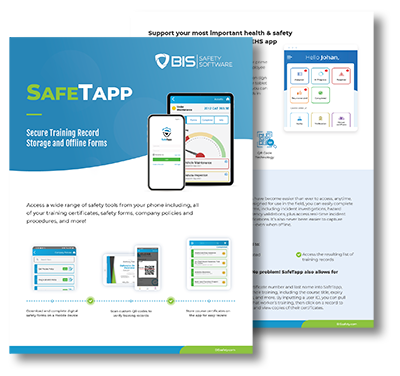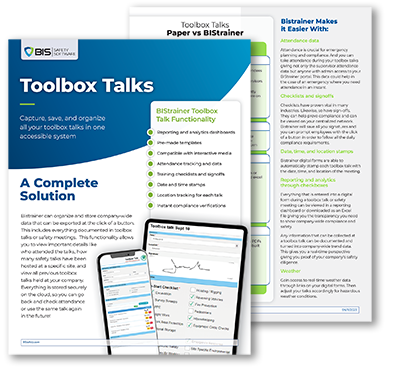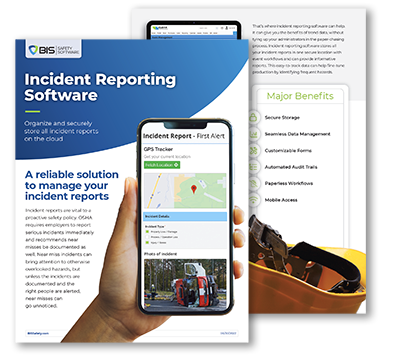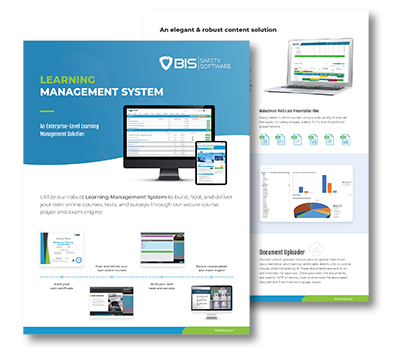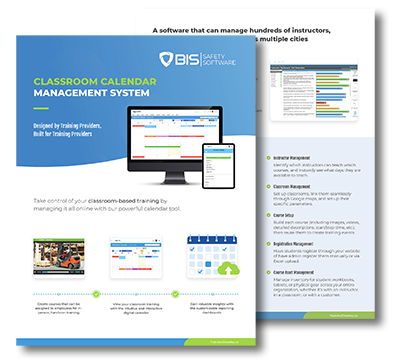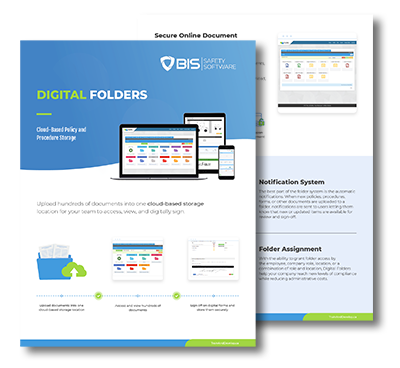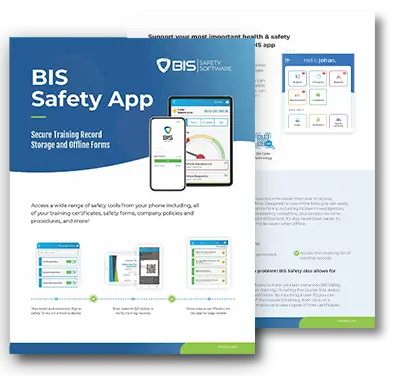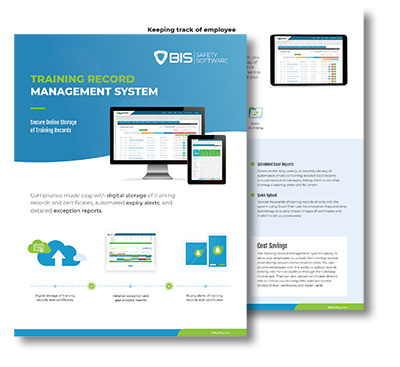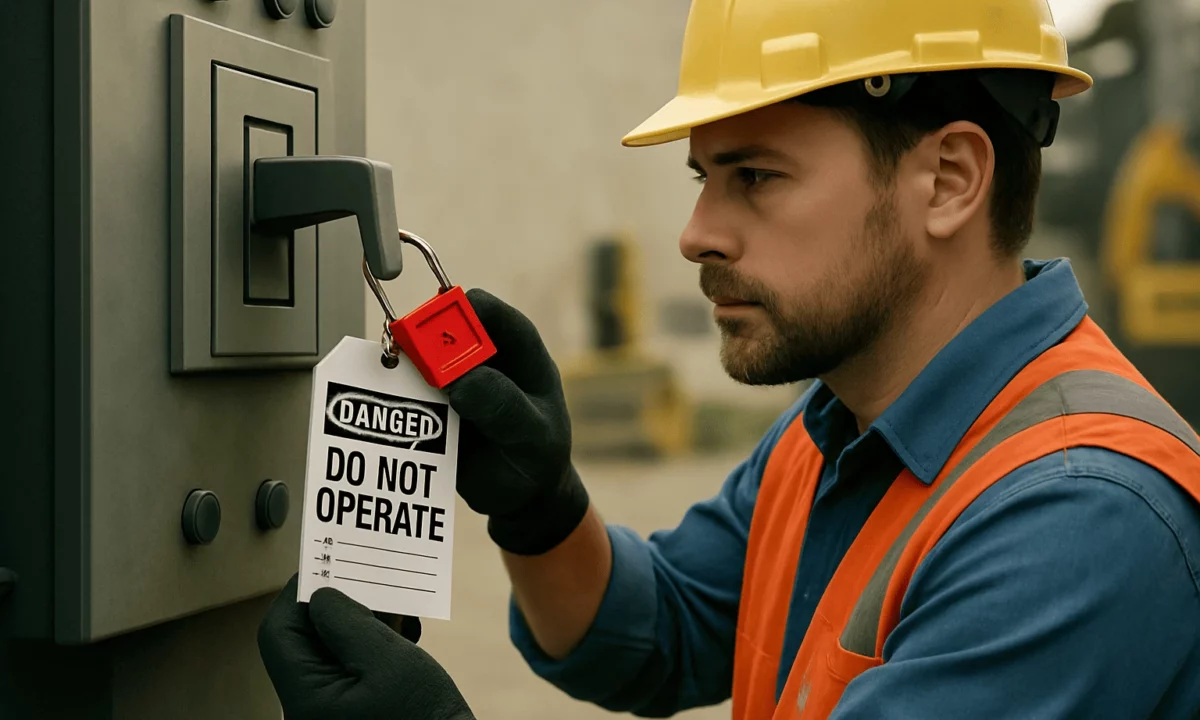
Lock Out Tag Out: Preventing Energy-Related Hazards in the Workplace
Lock out tag out (LOTO) is a life-saving protocol that prevents the sudden release of hazardous energy during maintenance and repair. When followed correctly, it ensures machines remain shut down and inoperable until work is safely completed. LOTO is mandatory in environments with mechanical, electrical, or chemical hazards—including manufacturing floors, utilities, and maintenance teams across industries.
By isolating energy sources and applying both locks and visual warning tags, workers can avoid unintended activations that might lead to severe injuries or even death. OSHA identifies LOTO violations among the top safety infractions year after year, reinforcing its importance.
What Is Lock Out Tag Out and Why It Matters
“Lock out” refers to physically disabling energy sources with a locking mechanism. “Tag out” involves attaching a label warning others not to operate the system. These two steps—when executed together—help maintain a clear and enforceable boundary around active work zones.
LOTO helps prevent:
- Accidental equipment restarts
- Electric shocks, burns, or crush injuries
- Confusion about who is working on a system
It’s not only a best practice—it’s a federal requirement under OSHA 29 CFR 1910.147.
“LOTO is the bridge between safety procedures and real-life protection.” — Plant Safety Supervisor
Six Key Steps to Lock Out Tag Out Compliance
- Plan and notify: Determine energy types and inform affected personnel.
- Shut down equipment: Use established procedures to power off.
- Isolate the energy: Close valves, flip breakers, and cut all energy flows.
- Lock and tag: Apply lockout devices and visible tags with technician info.
- Release stored energy: Drain, discharge, or block potential residual force.
- Test isolation: Try restarting the system to confirm lockout integrity.
Only the authorized individual who installed the lock and tag should remove them—no exceptions.
LOTO in Real-Life Situations
- During elevator repair, a technician isolates electrical panels and tags them with a do-not-operate label.
- While servicing a pressurized boiler, engineers lock out steam valves to avoid pressure buildup.
- A warehouse team uses multi-lockout stations when several contractors are involved in HVAC servicing.
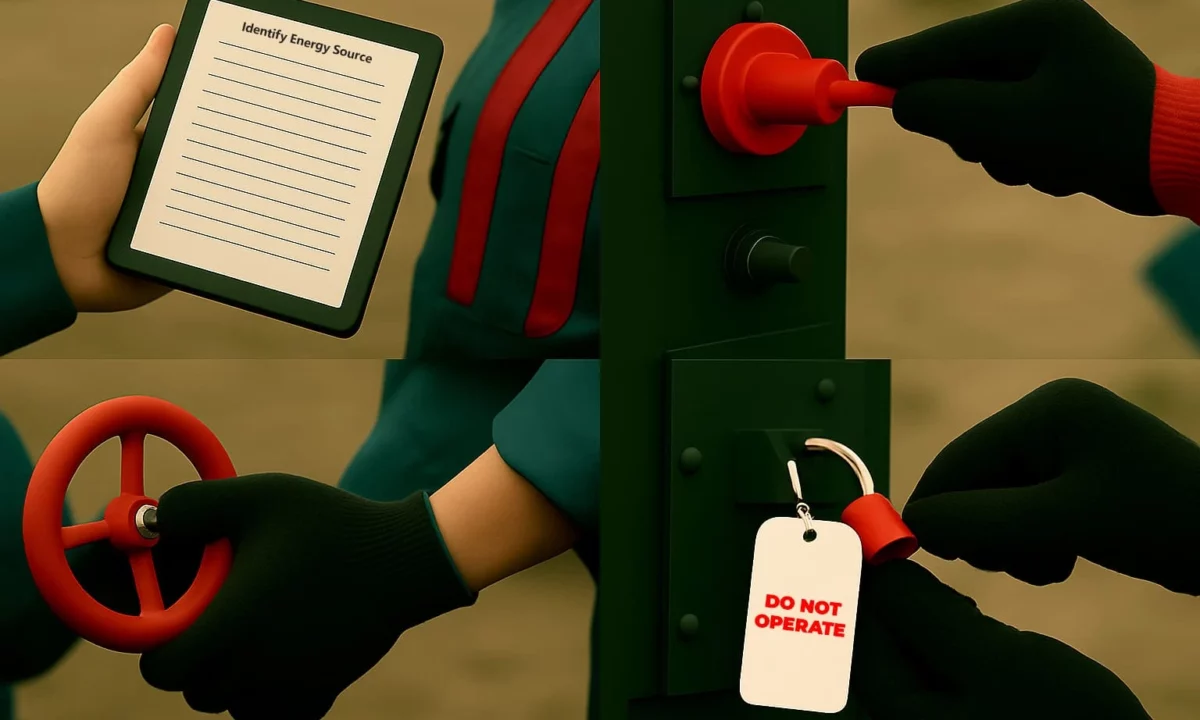
People Also Ask:
What does LOTO protect against?
It prevents injury from accidental machine activation or energy release.
Is OSHA lockout tagout mandatory?
Yes, for many industries handling hazardous energy.
Who is authorized to perform LOTO?
Only employees trained and officially designated for this responsibility.
What are examples of hazardous energy?
Electricity, compressed gases, steam, hydraulics, and mechanical tension.
A Culture of Lock Out Tag Out
LOTO only works when it’s respected and repeated. When teams treat it like second nature, it becomes a vital safeguard—rather than a compliance checkbox. Visual reminders, refresher training, and lockout audits help reinforce habits.
Remember, one overlooked valve or forgotten tag could result in life-altering injuries. A well-applied lock, on the other hand, is a symbol of accountability and care.


















